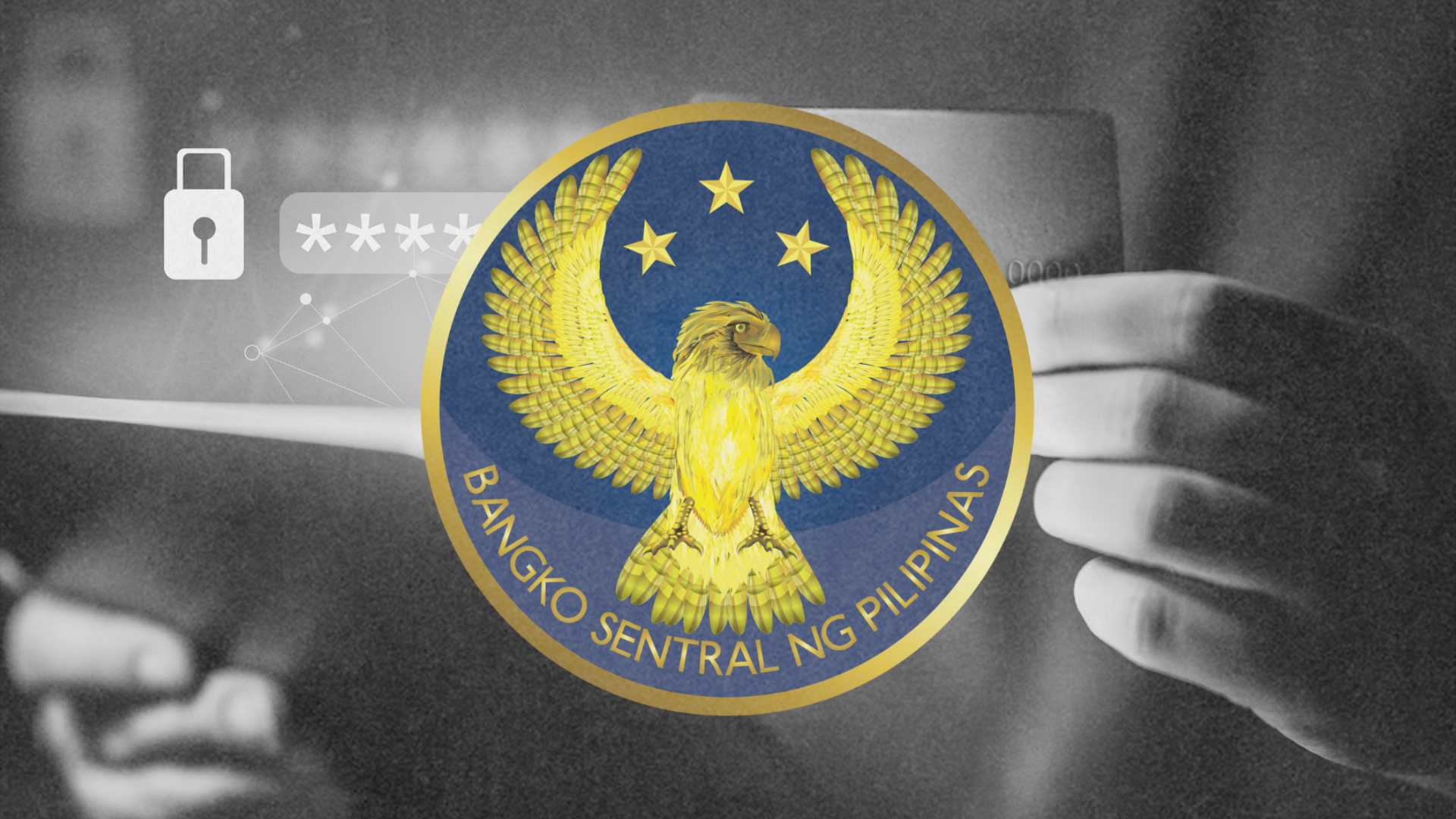The Philippines took a significant step toward strengthening its national security and asserting its sovereignty with the recent joint anti-submarine exercises conducted with Japan in the West Philippine Sea. The activity not only demonstrated advanced naval capabilities but also underscored a growing security alliance that holds long-term strategic benefits for the Filipino people.
Held on June 14, just days after Japan ratified the Reciprocal Access Agreement (RAA), the Maritime Cooperative Activity (MCA) brought together Philippine and Japanese warships and aircraft to engage in anti-submarine warfare drills, communication checks, and coordinated maneuvers. Among the assets deployed were the BRP Miguel Malvar, a Philippine Air Force C-208 aircraft, an anti-submarine helicopter, and Japan’s JS Takanami with its SH-60K Seahawk helicopter.
Conducted within the Philippines’ exclusive economic zone—west of Zambales and northwest of Occidental Mindoro—the exercise emphasized the operationalization of the RAA, a landmark accord that allows deeper joint training, humanitarian cooperation, and disaster response coordination between the two nations.
But beyond military strategy, what does this mean for the Philippines?
A Safer, More Secure Nation
According to the Armed Forces of the Philippines (AFP), these drills highlight a commitment to responding to both traditional and emerging security threats in the Indo-Pacific. With growing geopolitical tensions and incursions within Philippine waters, robust maritime defense efforts ensure the protection of our territory, our fisherfolk, and our vital sea lanes.
AFP Chief Gen. Romeo Brawner Jr. explained, “This cooperative activity is more than a display of maritime capability – it is a manifestation of our enduring commitment to uphold peace, stability, and a rules-based order in the Indo-Pacific.”
Such alliances bolster deterrence, discouraging unlawful incursions and reinforcing the Philippines’ position in defending its sovereign rights.
Strengthening Defense Integration
The exercises also form part of a larger shift toward a fully integrated archipelagic defense posture. Just before Independence Day, the Philippine Army’s Aviation Regiment conducted a Maritime Air Patrol (MARPAT) mission using a Cessna 421B aircraft over the Philippine Sea, covering strategic areas like Aurora, Isabela, and Cagayan, including the Philippine Rise.
These regular patrols, aligned with the Department of National Defense’s Comprehensive Archipelagic Defense Concept, ensure ongoing maritime domain awareness and enhance coordination among the Army, Navy, and Air Force.
Army Chief Lt. Gen. Roy Galido stressed the importance of cross-training among branches: “This builds a strong foundation for interoperability,” which is essential in times of external threats or disasters.
What It Means for the Filipino People
The joint exercises and patrol missions are not just military matters—they are vital investments in national resilience. They signal to the world that the Philippines is not alone, that it stands shoulder-to-shoulder with trusted allies like Japan to ensure our waters are secure, our freedom upheld, and our future protected.
As regional dynamics evolve, initiatives like the MCA represent more than strategy—they are a proactive assertion of the Philippines’ rightful place in the region, committed to peace, safety, and sovereignty.
Let me know if you’d like a short FB post, key takeaways version, or infographic summary for this.






Leave a Reply